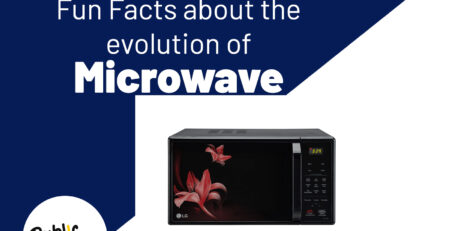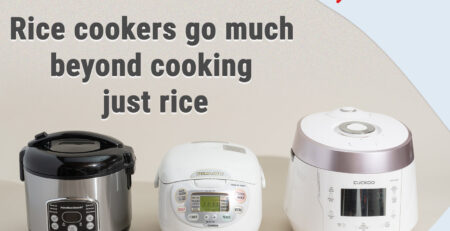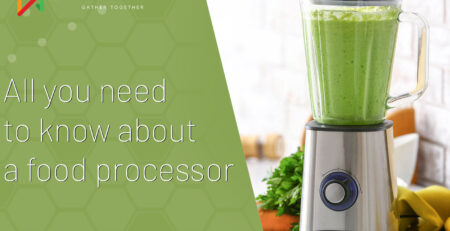Debunking Myths About Microwave Ovens
Microwave ovens have become an indispensable part of modern kitchens, making meal preparation faster and more convenient. However, there are numerous myths and misconceptions surrounding these handy appliances. In this blog post, we will separate fact from fiction by exploring some common myths and sharing intriguing facts about microwave ovens.
Myth 1: Microwaves Destroy Nutrients in Food
Fact: While it is true that some nutrient loss can occur during cooking, this is not exclusive to microwaving. Microwave cooking can help retain more nutrients compared to traditional methods like boiling, where nutrients often leach into the cooking water. To minimize nutrient loss, using microwave-safe containers and covering food with a lid or microwave-safe wrap can be beneficial. According to Harvard Health Publishing, microwaving is an effective way to retain the nutritional value of foods.
Myth 2: Microwaves Make Food Radioactive and Can Cause Cancer
Fact: Microwaves produce non-ionizing radiation, which cannot make food or any object radioactive. The energy from microwaves is used to excite water molecules in food, causing them to produce heat and cook the food. Scientifically, there is no substantiated evidence to suggest that microwave ovens cause cancer. The World Health Organization (WHO) has declared microwave ovens safe for cooking and reheating food, as their research confirms that microwaves do not emit harmful radiation. Additionally, the waves utilized for heating in microwaves are too weak to induce significant changes in the molecular structure of the food.
Myth 3: Microwaves are Not Energy-Efficient
Fact: When used correctly, microwave ovens are known for their energy efficiency, consuming less power compared to traditional ovens or stovetops. They use less energy compared to conventional ovens because they cook food quickly and heat only the food, not the surrounding air. They excel at quickly heating food while directing their energy primarily toward the food itself rather than the containers or the surrounding environment. This can save both time and money on your energy bills.
Myth 4: Microwaves Cook Food from Inside Out
Fact: Contrary to what you might have heard, microwaves cook food from the outside in, not the inside out. Microwave radiation is absorbed by the outer layers of food, heating them first. This heat then moves towards the center of the food through conduction. The misconception may arise because the outer layers can become hot rapidly, giving the impression that cooking starts from the inside.
Myth 5: Microwaving Plastics and Metals is Safe
Fact: You must avoid using plastic materials in a microwave since they can break down, potentially allowing harmful chemicals to leach into the food. Extensive research revealed that many plastic products, including those marked as BPA-free, can release estrogenic chemicals, posing risks to food safety. Look for containers labeled as “microwave-safe” or those with symbols indicating their suitability for microwave use. Microwaving metal objects are dangerous as they can cause sparks, fires, and damage to your microwave oven. Metal reflects microwave radiation, and when it is present in the oven, it can create electric currents that lead to sparking. Always avoid putting metal objects in the microwave.
Conclusion
Microwave ovens have revolutionized our cooking habits and made our lives more convenient. Understanding the facts and dispelling the myths surrounding them can help you use these appliances safely and efficiently. While there are certain precautions to keep in mind, microwave ovens are a remarkable invention that has changed the way we prepare and enjoy food.












